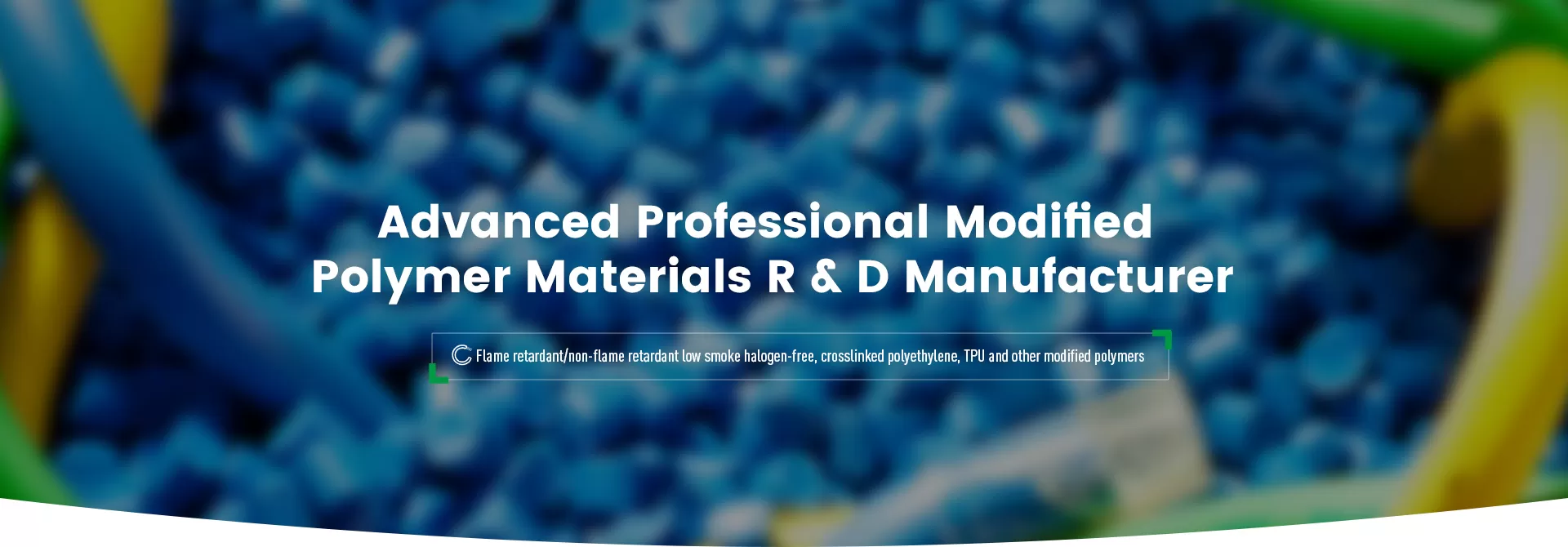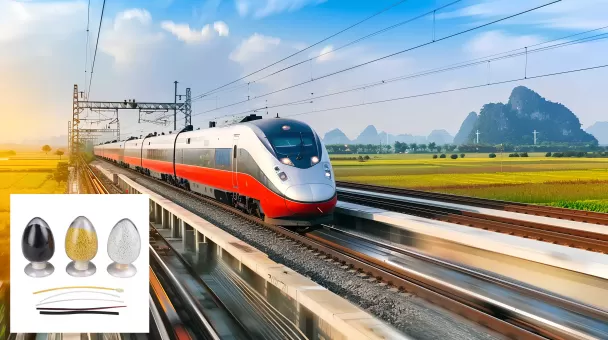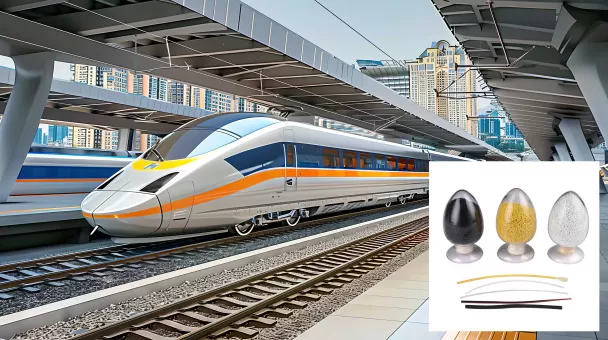
Locomotive Cable Materials are mainly used in the manufacture of various types of locomotive cables such as high-speed rail, trains, subways, light rails, motorcycles, etc.It has excellent characteristics such as oil resistance, flame retardant, UV resistance and oxidation resistance.
Angreen's Locomotive Cable Materials are mainly divided into GB and EN, in line with EN50264, EN50306, GB/T12528-2008 and other standards.
The Main Models And Products Are As Follows
| Locomotive cable material | ||
| EN Locomotive Cable Materials | PFXBK92518 | Ultra-low temperature resistant and ultra-mineral oil and fuel oil resistant irradiation cross-linked low-smoke HFFR polyolefin insulation material for locomotive wire |
| PFXBK92518H | Ultra-low temperature resistant and ultra-mineral oil and fuel oil resistant irradiation cross-linked low-smoke HFFR polyolefin sheath material for locomotive wire | |
| EN Locomotive Thin Wall Cable Material | PFXBS97552 | Irradiation cross-linked low-smoke HFFR polyolefin insulation material for locomotive thin-wall wire |
| PFXBS97552H | Irradiation cross-linked low-smoke HFFR polyolefin sheath material for locomotive thin-wall wire | |
| CN Locomotive Cable Material | PFXBK92518GB | Irradiation cross-linked low-smoke H polyolefin cable material (double oil resistant) for national standard locomotive wire |
Locomotive cables are cables designed for railway locomotives and need to meet specific mechanical, electrical and environmental requirements. The selection of locomotive cable materials usually needs to consider high and low temperature resistance, wear resistance, oil resistance, radiation resistance, flexibility and flame retardancy.
Cross-linked Polyethylene (XLPE): used to make cables with higher temperature resistance, with excellent electrical properties and heat resistance, suitable for wiring of electrical equipment inside locomotives.
Ethylene Propylene Rubber (EPR): has good heat resistance, oil resistance and chemical corrosion resistance, and is often used in cable sheaths for locomotives.
Chlorosulfonated Polyethylene (CSM): has excellent oil resistance, weather resistance and wear resistance, suitable for locomotive cables in harsh environments.
Flame Retardant Materials: such as low-smoke halogen-free flame retardant materials, used to improve the safety of cables and reduce fire risks.
Special Composite Materials: used to improve the wear resistance and mechanical strength of cables, suitable for locomotive cables in special environments.
Wear-Resistant And Anti-Break Materials: By adding a wear-resistant layer and strengthening the base layer on the outside of the cable, the wear resistance and tensile strength of the cable are improved.
Anti-Corrosion Materials: such as nano heat-resistant silicon and epoxy coal tar, used to improve the corrosion resistance of the cable.
Cold-Resistant Materials: used to ensure that the cable can still maintain good flexibility and electrical performance in low temperature environments.

